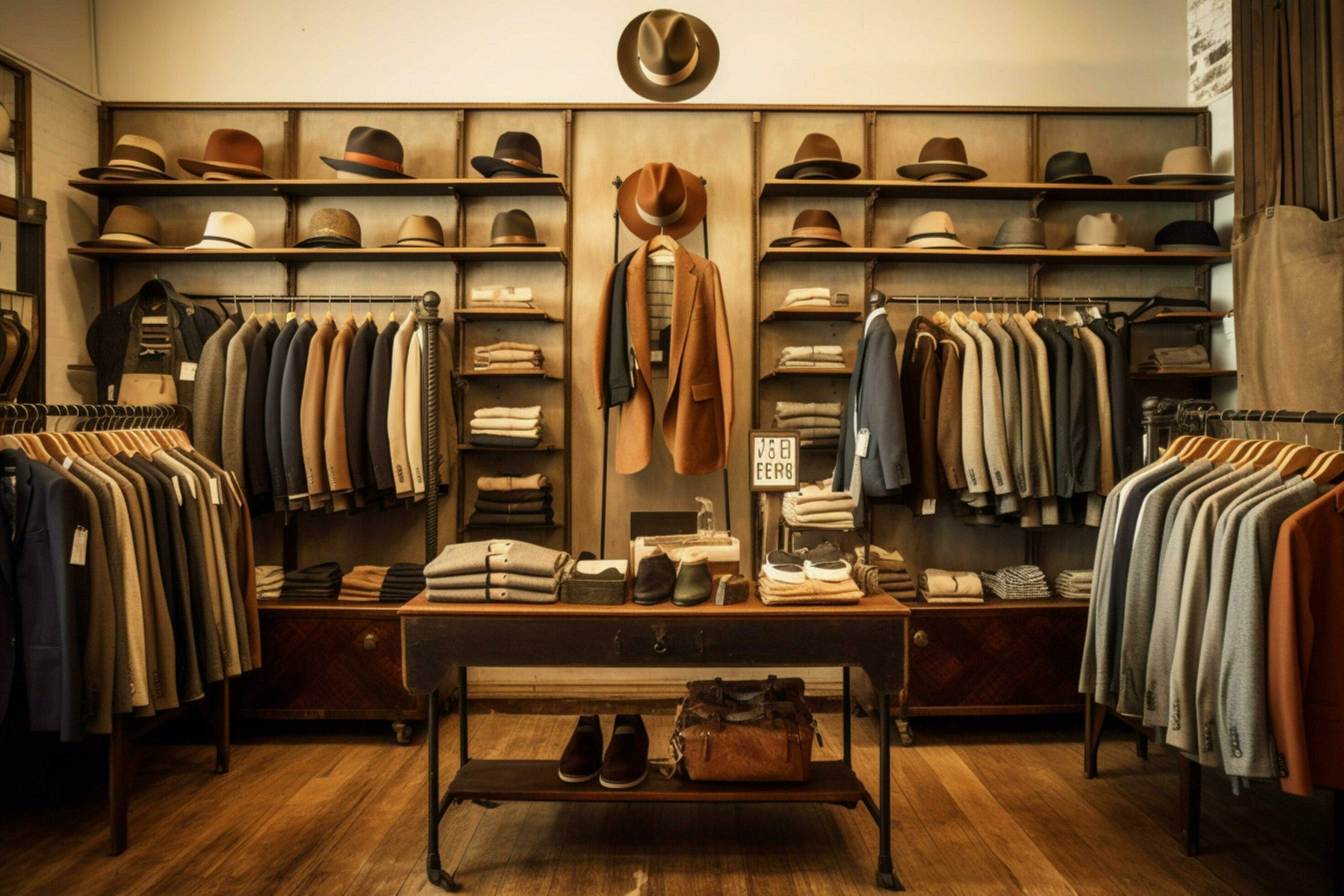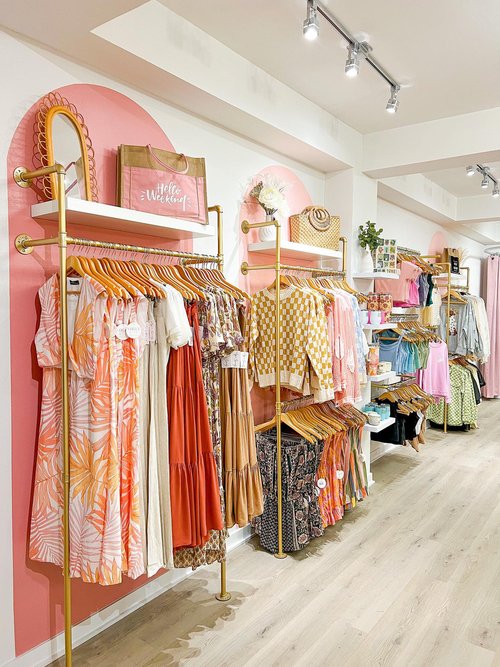A Deep Dive Into the Globe of High-Fashion Runways: Comprehending Apparel as Art
Designers, much like skillful artists, weave complex narratives through shade, textile, and type, testing traditional standards and redefining charm criteria. As we discover these sartorial eyeglasses, we must ponder: what duty does style play in forming societal worths, and exactly how does it show the ever-changing tapestry of human feeling and identity?
The Evolution of Runway Shows
The trajectory of path shows has actually changed dramatically over the decades, evolving from exclusive sector events to fascinating spectacles that blend fashion with art. Commonly, runway programs made love affairs, held in ateliers or little locations, primarily participated in by purchasers and market experts. These early discussions concentrated on the garments' craftsmanship and commercial feasibility, offering a direct and sensible display of seasonal collections.
As the style sector expanded, the nature of runway programs began to transform. The 1970s and 1980s marked a turning point, with designers looking for to distinguish themselves through more theatrical discussions. This era saw the rise of intricate collections, choreographed models, and thematic narratives, proclaiming a brand-new age where the runway became an experiential platform. The shows changed right into a kind of storytelling, where each collection communicated a distinctive narrative or concept.
Recently, technology and social networks have actually additionally changed path programs, making them accessible to a worldwide audience. Livestreaming and digital platforms have democratized fashion, allowing enthusiasts worldwide to witness these occasions in real-time (boutique fashion). This evolution mirrors a more comprehensive social shift, where high-fashion paths function as a vibrant crossway of design, efficiency, and technology
Designers as Visionary Artists
How have developers transcended their duties to end up being visionary artists? Designers in the high-fashion sector have actually obscured the lines in between practical garment creation and the theoretical realm of art. This improvement appears in the method they approach their collections, not just as apparel yet as profound expressions of society, identity, and feeling. By accepting artistic disciplines such as sculpture, paint, and avant-garde installations, developers craft garments that challenge standard style norms and elevate them to art forms.
Visionary designers attract motivation from a myriad of resources, including abstract art, historical recommendations, and personal narratives. They possess a special capability to visualize and emerge ideas that press the boundaries of traditional style, commonly redefining visual paradigms in the procedure. This innovative resourcefulness is showcased via dramatic silhouettes, innovative products, and detailed craftsmanship, which invite visitors to experience fashion as greater than simply wearable things.
Additionally, the runway acts as a canvas for these musicians, where illumination, songs, and set style coalesce to produce immersive experiences. These discussions are not simply display screens of apparel but are managed efficiencies that evoke emotion and provoke thought, verifying the developer's duty as a real artist in the contemporary cultural landscape.
Social Impacts in vogue
Social tapestry weaves its detailed patterns right into the material of fashion, influencing designers around the world. The vibrant interchange of cultural stories, customs, and signs notifies and influences collections that poise high-fashion paths. Developers diligently draw from their heritage or engage with cultures distinctive from their very own, crafting garments that serve as aesthetic narratives. This cultural discussion not just improves the visual variety but also fosters a deeper understanding and recognition of international identifications.
The impact of society on fashion is frequently seen in the reinterpretation of standard garments and patterns. For example, using Japanese kimonos, Indian saris, or African prints in modern fashion mirrors a blend of social authenticity and modern aesthetic appeals. Designers such as Valentino's Pierpaolo Piccioli and Alexander McQueen's Sarah Burton have been known to include rich social motifs right into their couture collections, equating background into wearable art.

Development in Material and Design
Development in fabric and layout continually reshapes the landscape of high-fashion, pressing borders and redefining possibilities. Designers are significantly discovering the assimilation of innovation, such as 3D printing, which permits for the creation of intricate structures that were previously inconceivable.
The fashion sector is experiencing a surge in the use of eco-friendly materials, acquired from recycled plastics, organic fibers, and even eco-friendly components. Developers are embracing these products browse around here to craft garments that are both mindful and aesthetically striking of their environmental impact.
In terms of style, experimental kinds and progressive shapes are continuously reinventing the runway. By integrating unconventional materials and cutting-edge methods, developers cultivate garments that obscure the line in between style and art, establishing brand-new criteria for creativity and expression in the high-fashion sphere.
Impact of Style on Society
Style wields an extensive impact on society, offering as both a reflection of social identity and a stimulant for social adjustment (boutique fashion). Through its evolution, fashion has mirrored social shifts, enveloping the zeitgeist of learn the facts here now different ages.
In addition, style has the power to bridge cultural spaces, promoting understanding and recognition among varied groups. As globalisation speeds up, the cross-cultural exchange of style ideas comes to be increasingly substantial, advertising inclusivity and diversity. The surge of streetwear, originating from urban subcultures, illustrates exactly how fashion can transcend socio-economic borders, approving individuals a method of self-expression and empowerment.
Essentially, style is not merely about aesthetic appeals; it is a dynamic force that influences values, attitudes, and societal progress (boutique fashion). By continuously interacting with social and cultural currents, fashion stays an essential part of the cumulative human experience

Final Thought
Developers, similar to visionary artists, orchestrate collections that show identity, emotion, and social narratives, challenging typical appearances. This junction of fashion and artistry not only mesmerizes audiences globally however also influences social assumptions and promotes a deeper admiration for cultural diversity.

Social tapestry weaves its detailed patterns into the textile of fashion, affecting developers globally.Style possesses a profound influence on culture, serving as both a representation of social identification and a driver for social modification.
Comments on “Exactly how to Style Your Attires with Boutique Fashion Finds”